On top of the mythical world
[Day 5]
by Rudston Steward

The historians of antiquity invariably identified this Sicilian archipelago with the “floating island” of Aeolia described by Homer in Book X of the Odyssey. The home of Aeolus, lord and keeper of the winds. Mythical Scylla and Charybdis were thought to be the Strait of Messina separating Sicily from mainland Italy (indeed, the modern Italian town of Scilla today faces Stromboli from the Calabrian coast). It was here on this archipelago, they concluded, that the gracious host Aeolus presented Odysseus with the four winds, to speed his homeward journey (with deplorable, if unintended, consequences).
Aeolus himself is a nebulous figure. Multiple versions of his lineage have been handed down to us, confused and conflated. He is at times said to be human, the son of a certain Hippotes, at others divine, sometimes descended directly from the god Poseidon (whose name in antiquity was Poseidon Hippios). In Homer Aeolus falls somewhere in between, more than a mere mortal but not a god as such. In later accounts, Aeolus is identified as a 12th Century BC Greek king who escapes the ravages of the Trojan War, sails to the archipelago via Apulia to resettle his people, and in time endows the islands with his name.
As I set out from Malfa, on the third and last day of my circumambulation of Salina, I ponder the above and wonder whether I should make some sort of offering to Aeolus today. Something symbolic to appease and thank him for the spectacular walk I’m completing. After all, I’m on my way up to the highest point of his archipelago; I should petition for favorable winds at the top.
WE HAVE FORGOTTEN HOW TO LIAISE WITH THE ANCIENT DEITIES. THE SERVERS CONNECTING US TO THE GODS OF WIND AND THUNDER AND RISING SEA-LEVELS ARE DOWN, AND NOT COMING ONLINE AGAIN ANYTIME SOON.
At the summit, almost 970m above sea level, it can get pretty nasty if a cold tramontana wind from the north starts howling. I need to keep the keeper of winds on my side.
But what would an appropriate offering be in this day and age? We have forgotten how to liaise with the ancient deities. The servers connecting us to the gods of wind and thunder and rising sea-levels are down, and not coming online again anytime soon. Odysseus would no doubt have slaughtered a few lambs, sheep fat would be sizzling in the honorific bonfires. But there are no handy ovines tucked away in my backpack this morning, so I stroll out of Malfa town, past the public library, up and away through the terraces, empty handed.
Soon I am laboring up the steep gradient of Monte Rivi’s northern slope. Idle musing about sacrificial Homeric lambs is soon swept from my mind by the determination with which the track wiggles under pines and squirms up and around knots of sweet chestnut trees. It is making me sweat. There is no wind; sweltering calm reigns.
Towards the top, the approach angles along a drivable track. A series of shallow folds progress up to the lip of Monte Fossa delle Felci’s wooded crater. The soporific final ascent lulls me into a quasi-mesmeric state. Not even the premonition of a breeze troubles the immaculate boughs of the trees. The mountaintop is being held in an eerie vacuum. Like the stifling silence of the lambs before flint sparks the kindling.
LIKE THE STIFLING SILENCE OF THE LAMBS BEFORE THE FLINT SPARKS THE KINDLING.
Now there is something sleeping in the middle of the road, just before the summit. Perhaps a small dog. As I approach it neither gets up nor raises its head. There is no breath of air that might stir it. I walk towards it, I’m close enough now and I see it is not lying in the road: it is dead. Not a dog. A rabbit.
A neat offering perfectly laid out in the dirt.
For whom, by whom? How did it die, or rather who killed it and placed it on my path? I can’t help but feel responsible somehow, as if the rabbit is compensation for the oblation I failed to make before setting out this morning.
Standing on the archipelago’s highest point my altimeter reads 967m. To the east is the Calabrian coast, narrowing towards Scilla and Charybdis. To the south lies the Sicilian shore, with distant Etna a gargantuan smoke-stack for Hephaestus’ forges. To the west lie the islands of Alicudi and Filicudi—which the ancients called Ericusa and Phoenicusa. To the north there is only open sea, from where throaty gusts of tramontana wind are just now mounting a furious assault. Lambasting the top of the Aeolian world.
Much later, when I’d scrambled all the way down the volcano’s crumbling eastern flank to Santa Marina, dived into the Tyrrhenian Sea, and eaten an exonerative pistachio granita from Alfredo’s bar in Lingua for good measure, I kept asking myself: was the rabbit really there?
1 Comment
Comments are closed.


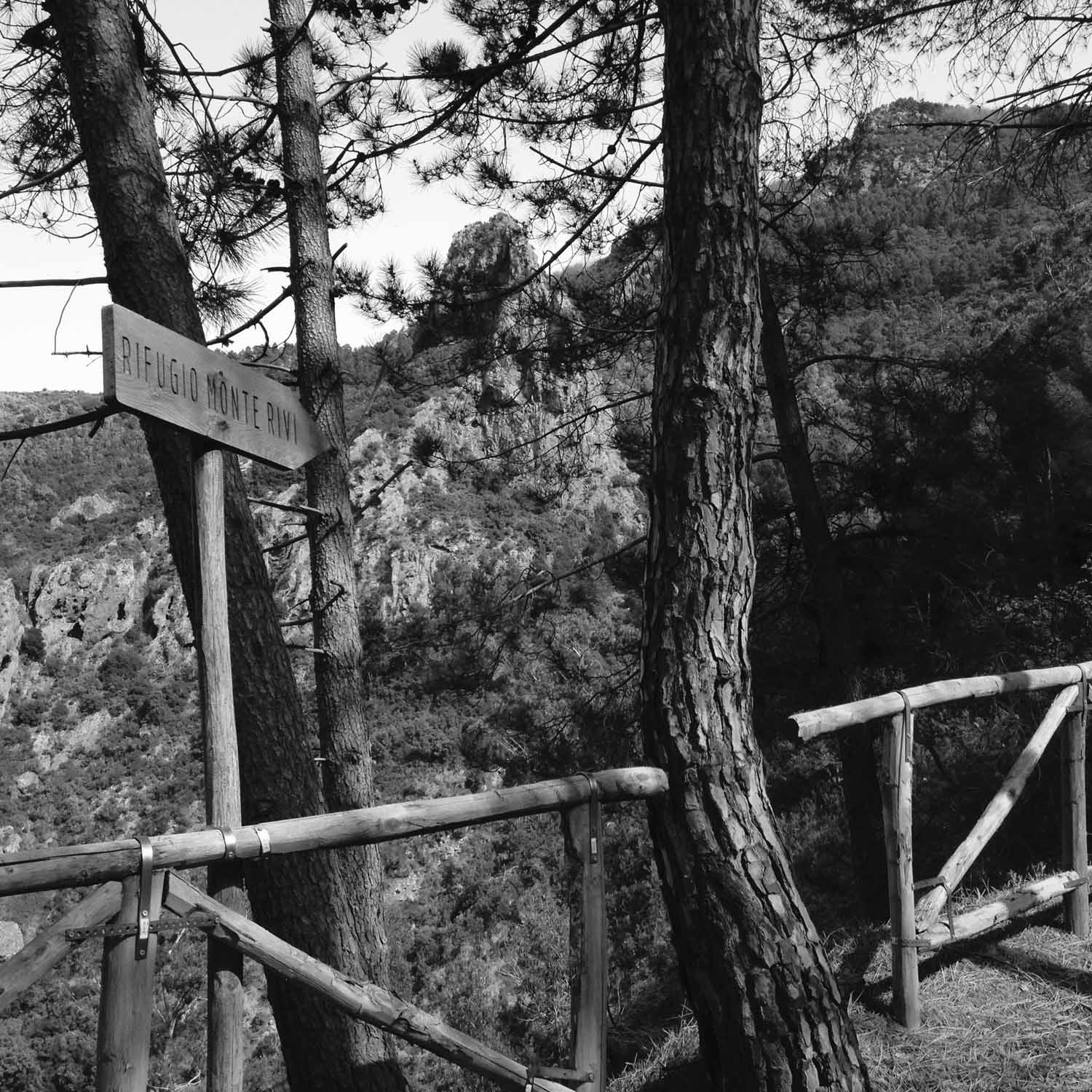
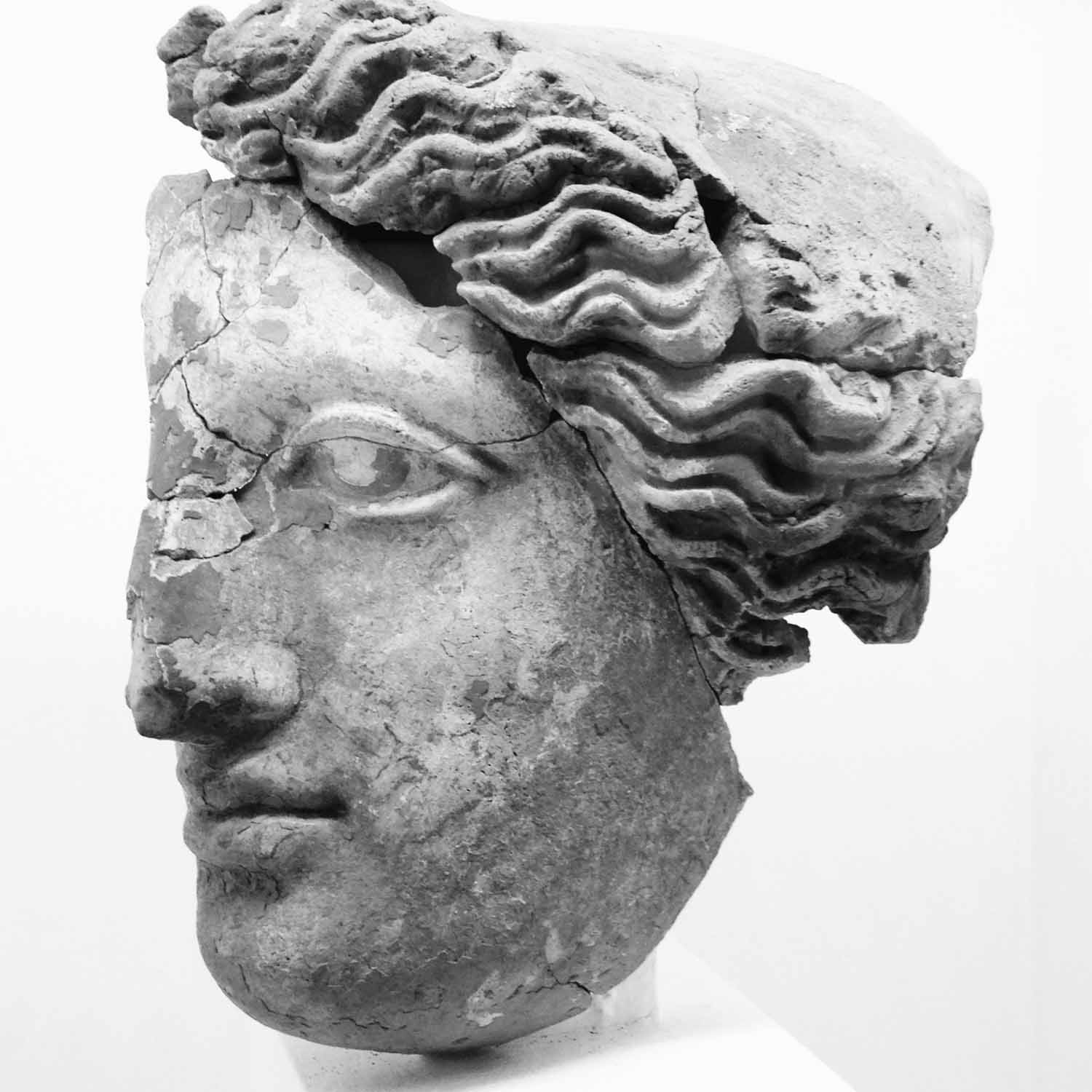
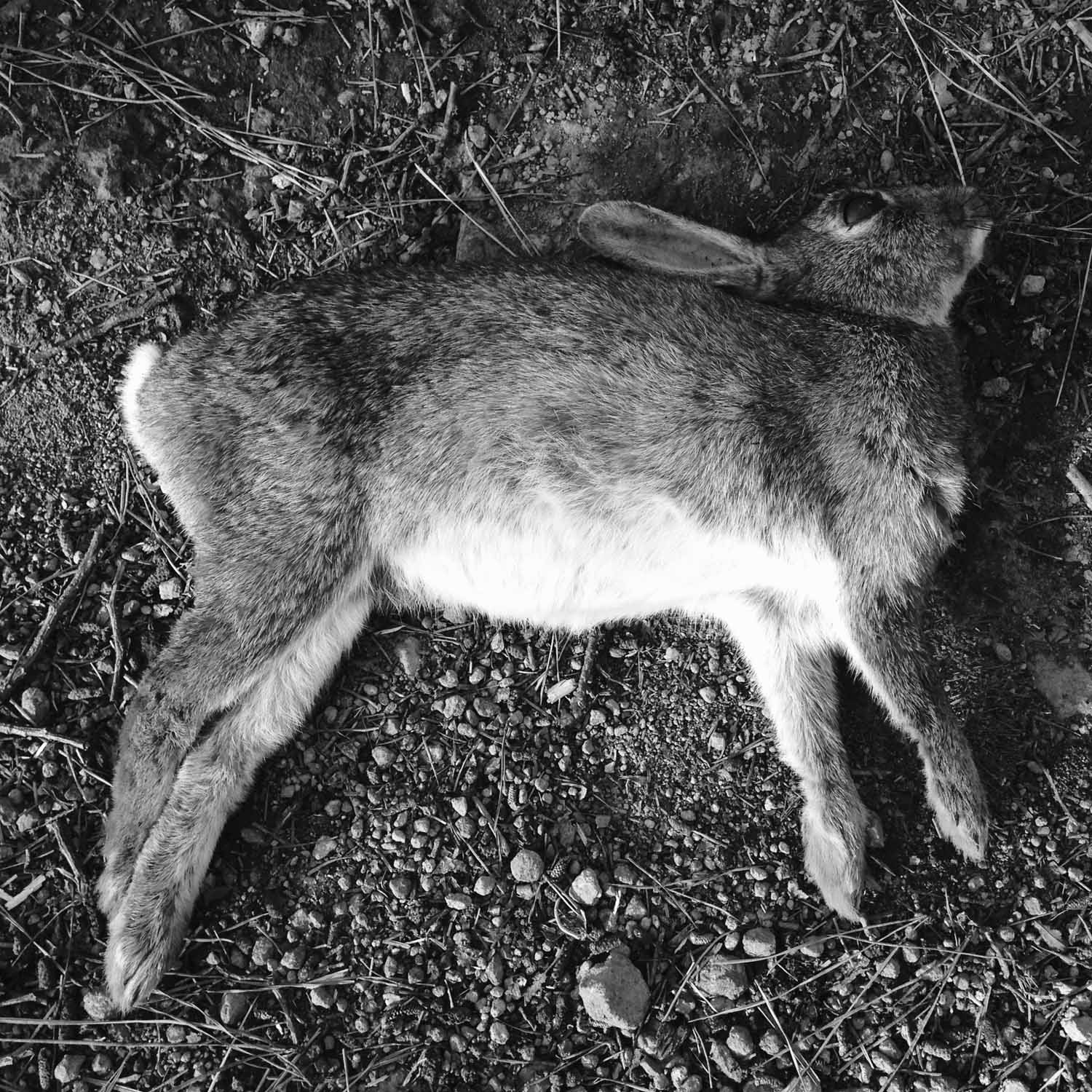

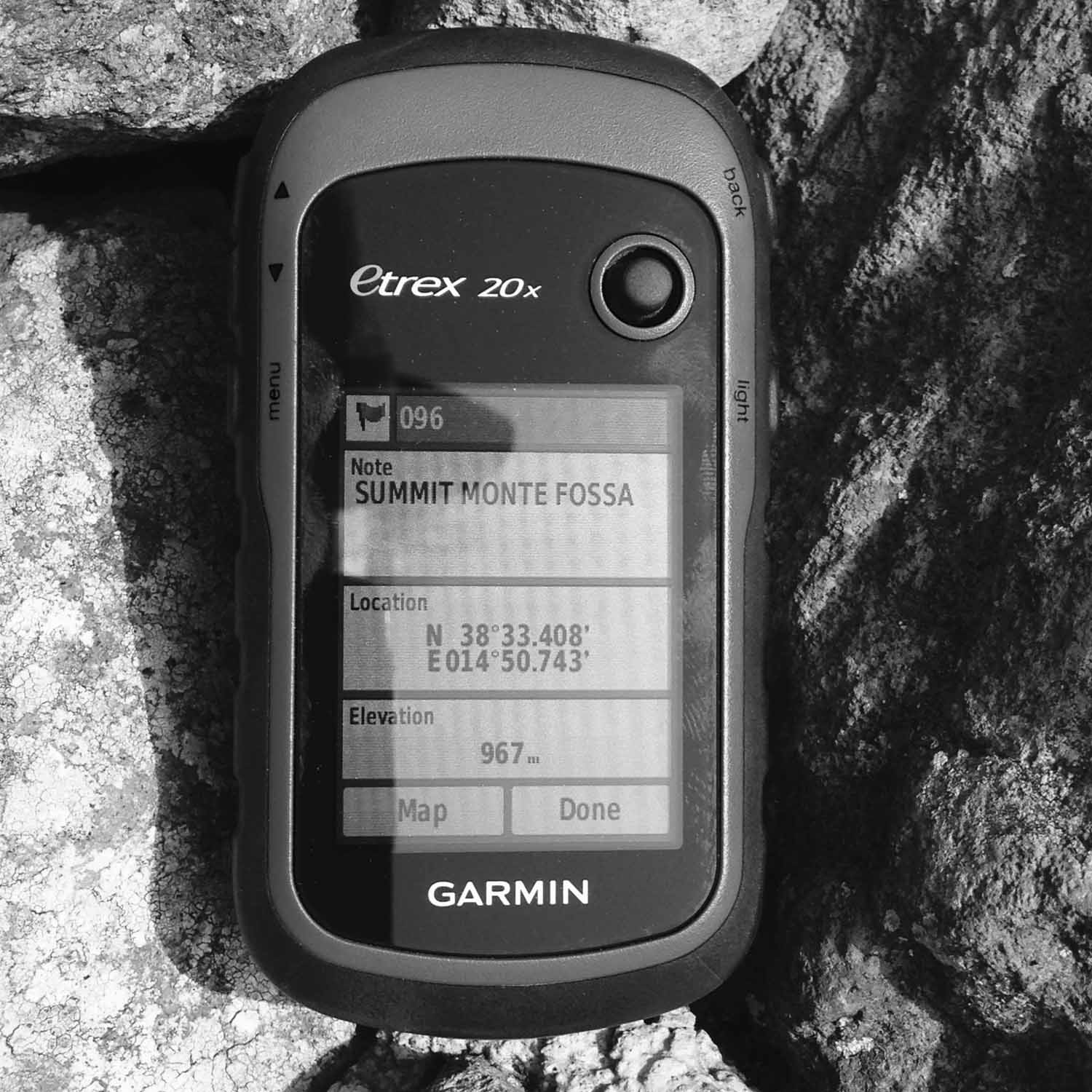
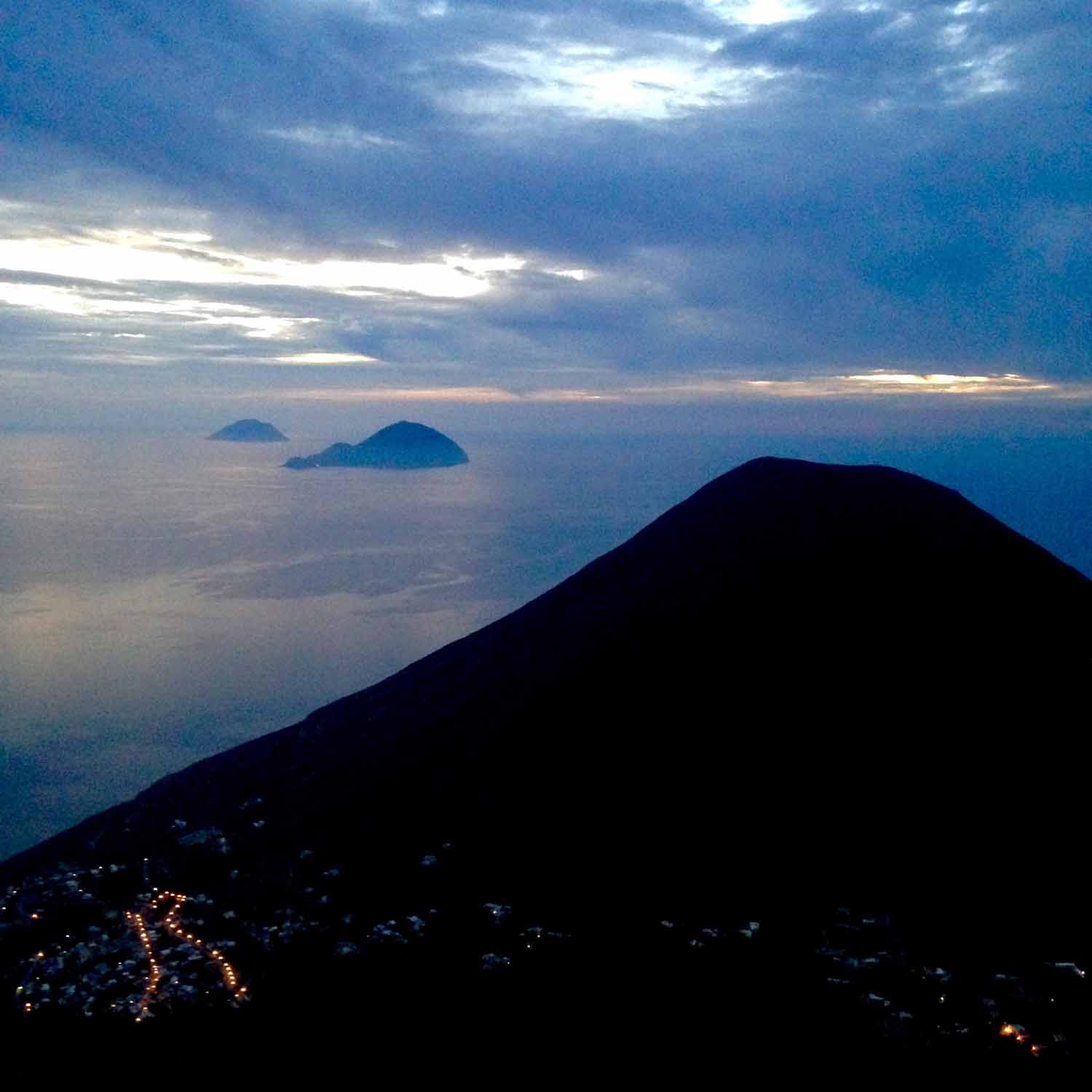
Lovely fable